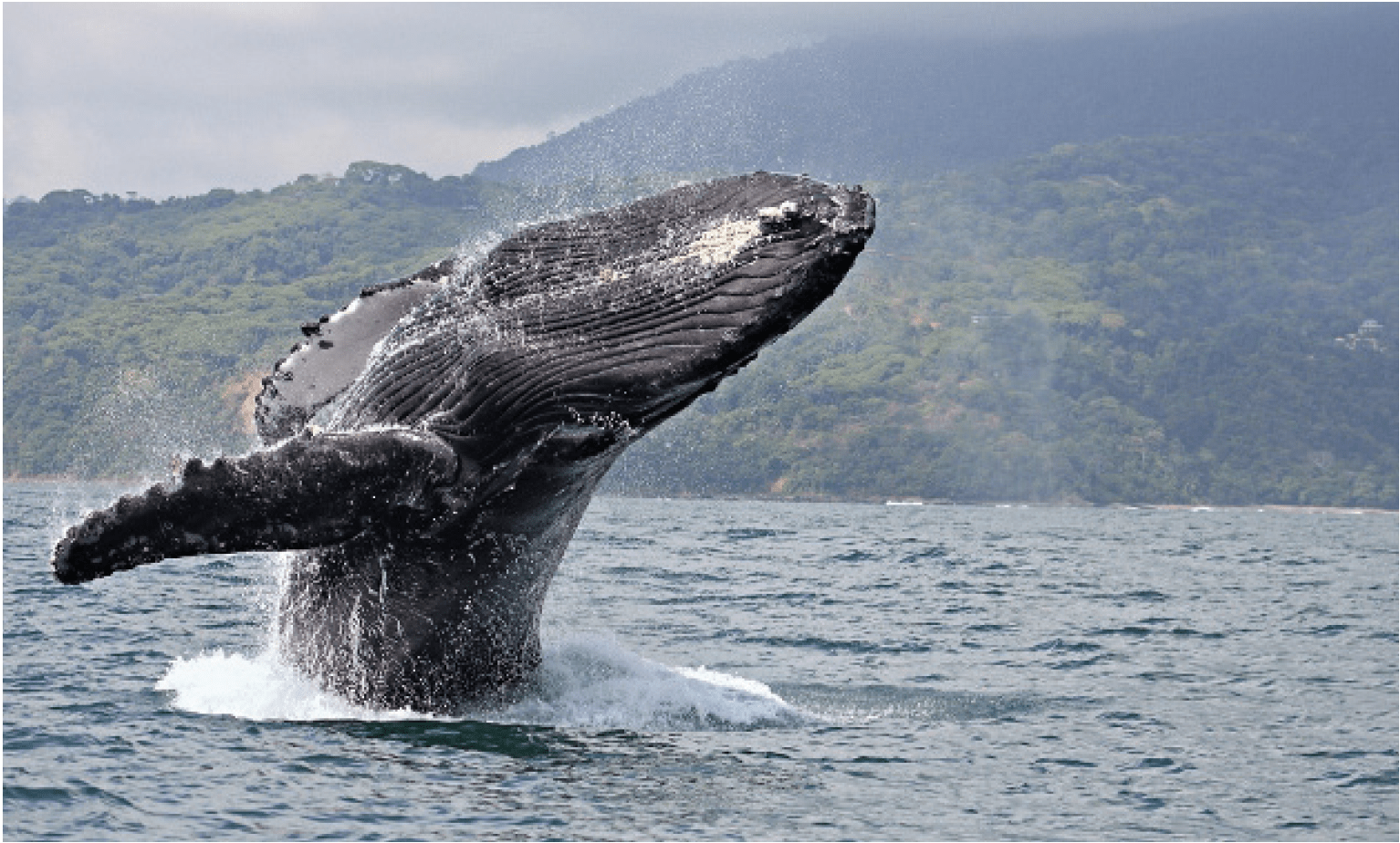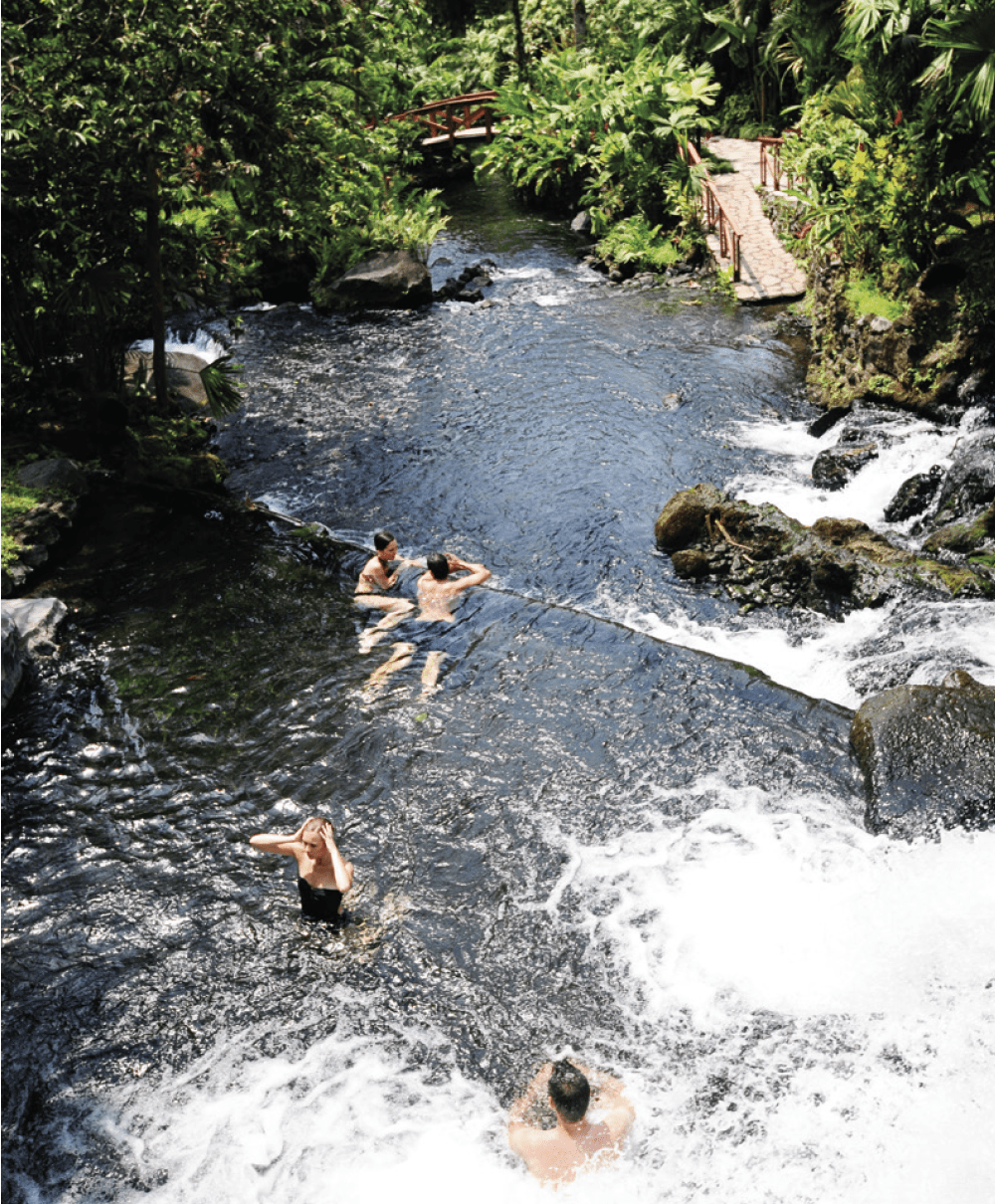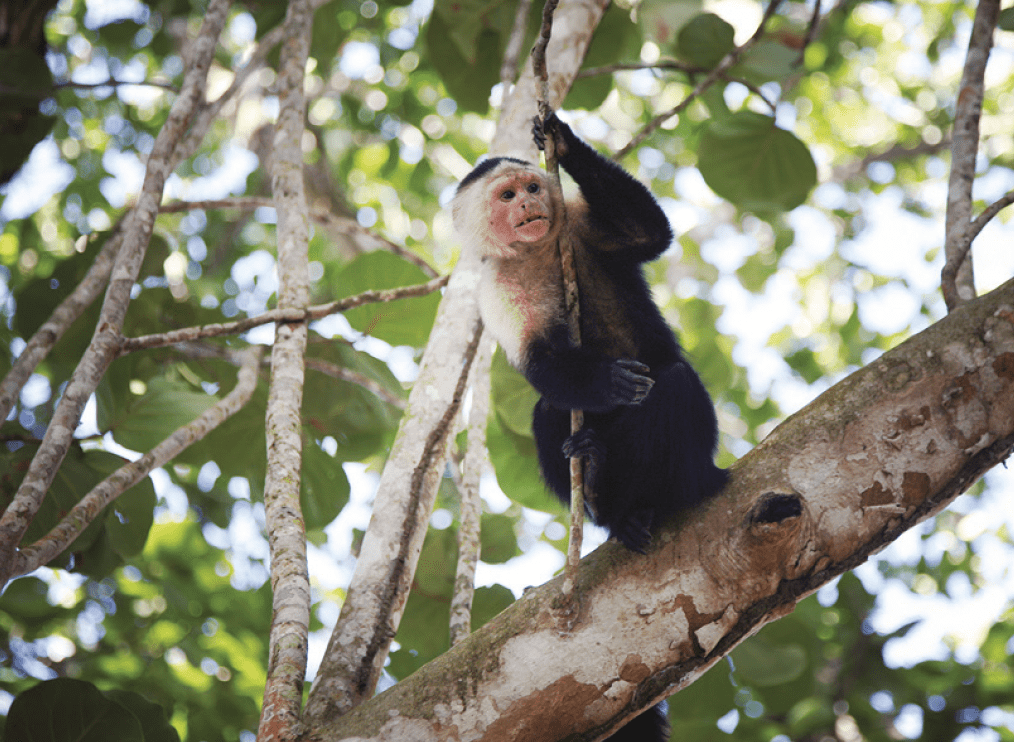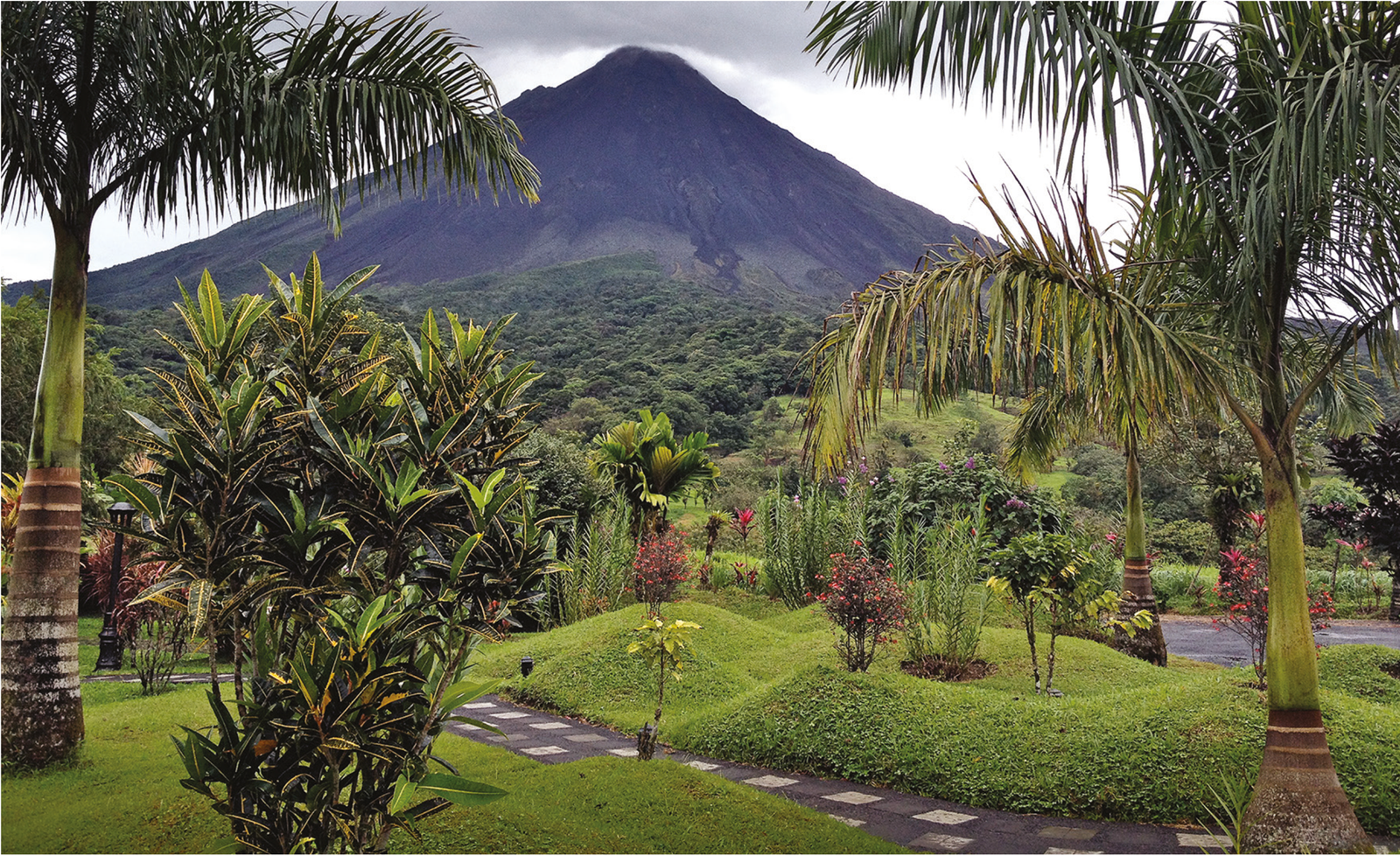
With its immense biodiversity, tranquil wellness retreats, ecotourism, and off-grid adventures, Costa Rica truly has something for everyone
In the vibrant Central American country of Costa Rica, the phrase Pura Vida is heard everywhere, it can be used as a greeting, as a goodbye, or as a response to a simple “How are you?”. Pura Vida means “pure life” and is a reminder to focus on the positives of life, to let go of worries and to slow down. It seeps into everyday life in Costa Rica, and, for this reason, this extraordinary country is the perfect place for you to recharge, refocus, and reinvent.
Slow it down

Those in need of a relaxing getaway will delight in the country’s diverse range of spas and retreats. Costa Rica’s beauty knows no bounds, boasting natural hot pools, jaw dropping waterfalls, vast natural parks and retreats in stunning surroundings. In particular, the southern Pacific coast of Costa Rica is becoming a leader for wellness activities. Yoga teaching centres and innovative spa retreats are popping up all over this part of the country, offering wellness activities that soothe not just the body, but also the mind.
Spend the morning reviving with a guided meditation to the sound of waterfalls in Bajos del Toro, discover more about yoga through a variety of experts, or treat yourself to a relaxing massage at any of the luxury resorts in the country. Bask in the wisdom of Pura Vida and understand why Costa Rican’s high levels of happiness and longevity are inextricably linked to their deep focus on wellness.
Adrenaline and off-grid adventures
For those seeking an activity-filled vacation, Costa Rica has much to offer. Although there is the opportunity to unwind in the many spectacular beaches dotted along its 1,500 kilometres of pristine coastline, there is also a multitude of water activities at hand. On the Pacific coast, explore Tamarindo Beach for some of the best and most consistent year-round surfing and windsurfing around. There are waves for everyone – from complete beginners to those with a lot more surfing experience.

Costa Rica’s Pacuare River, located on the country’s Caribbean side, is where you’ll find the renowned rafting expeditions. And given the length of the river, you would be best to join a two-day trip. However, if a rafting adventure isn’t for you, there are plenty of other ways to explore Costa Rica’s rivers. With tubing expeditions, kayaking options or even paddleboarding, discover Costa Rica’s 14 major river systems in whichever way suits you best.
Spend some time in the region of Guanacaste, allowing easy access to the National Park Rincon de la Vieja. Here, experience zip-lining and aerial adventures, or slide down a 400-metre natural water-slide. Ecotourism hotels in Guanacaste work with real horse and cattle ranches by offering a wide variety of horseback adventures, following in the region’s important cowboy heritage.
"How about exploring one of Costa Rica’s 112 volcanoes"
And, if you still have energy after all of that, how about exploring one of Costa Rica’s 112 volcanoes. The country’s most famous active volcano, Arenal Volcano with its surrounding natural park, can be seen through a variety of hiking opportunities or mountain biking trails. After all this activity, end the day with a dip in any of its surrounding natural hot springs – such as the Tabacon Natural Hot Springs ideally located at the base of the Arenal Volcano.
For the animal lovers

As one of the most biodiverse countries in the world, Costa Rica is home to 30 national parks, nine biological reserves and a series of protected areas. Even with its small size, it holds 6.5% of the world’s biodiversity – so a visit to Costa Rica gives a chance to see some of the most incredible wildlife and nature.
The Manuel Antonio Natural Park boasts hikes through spectacular nature and beaches, with regular sightings of its abundant wildlife. Spend the afternoon exploring the park and catch sight of sloths, iguanas, agoutis, and different types of monkeys such as Capuchin, Howler and Spider monkeys. For the bird lovers, spot just a few out of the magnificent more than 900 different bird species present in Costa Rica.
"See sloths, iguanas, and different types of monkeys"
Snorkelling and diving experiences are another must when exploring the Manuel Antonio Natural Park, exploring incredible rock formations, underwater caves and a massive variety of marine life. Expert deep-sea divers can also venture out to a UNESCO World Natural Heritage Site usually the haunt of scientific researchers: Coco Island is home to 600 species of marine mollusks, 300 species of fish and 32 species of coral.
Spend the day discovering underwater worlds on the pristine coastline of Costa Rica in the Manuel Antonio Park, or on the reef of the Cahuita National Park.
A leader in ecotourism
Pura Vida seeps not only into Costa Ricans warm and friendly attitude towards each other, but also into the ways in which they choose to protect their country’s rich environment. Sustainability and respect for nature is a way of life in Costa Rica. In 2022, the country achieved an incredible 98.58% of its energy supply from renewable sources.
Spend an afternoon in the Tortuguero National Park, situated on Costa Rica’s Caribbean Coast, to discover one of the country’s most important conservation sites.

Created with the aim of protecting endangered species, a day in this park gives the spectacular opportunity to come across four species of endangered turtles, as well as endangered jaguars, tapirs and monkeys. This is definitely something to be added to the list – a once in a lifetime experience.
When choosing where to stay and what to do in Costa Rica, it’s important to know about Costa Rica’s Certification for Sustainable tourism programme (CST) whereby businesses are evaluated on their sustainable practices. Sustainable business receive recognition by receiving “leaves” – so, when planning your Costa Rica itinerary, if you come across a business with five leaves, book away safe in the knowledge that it adheres to the highest level of sustainability practices.
Finally, Costa Rica offers an opportunity to offset your carbon footprint. Collaborating with the National Forestry Financing Fund (Fonafifo), travellers to Costa Rica are able to log into a simple online tool to calculate the carbon emissions of their flight. A voluntary donation reflecting this can then be made to Fonafifo, who will invest it into different environmental projects throughout the country, such as planting forests, aiding local farmers and regenerating natural spaces.
Further information
